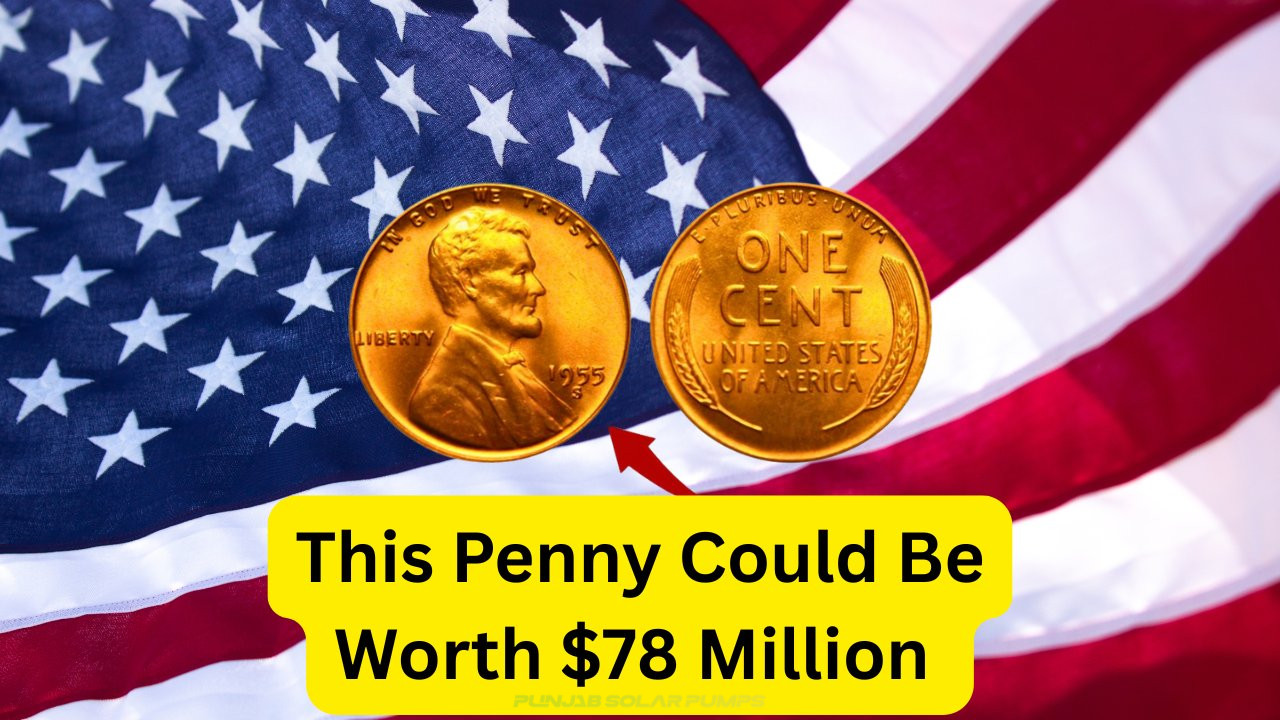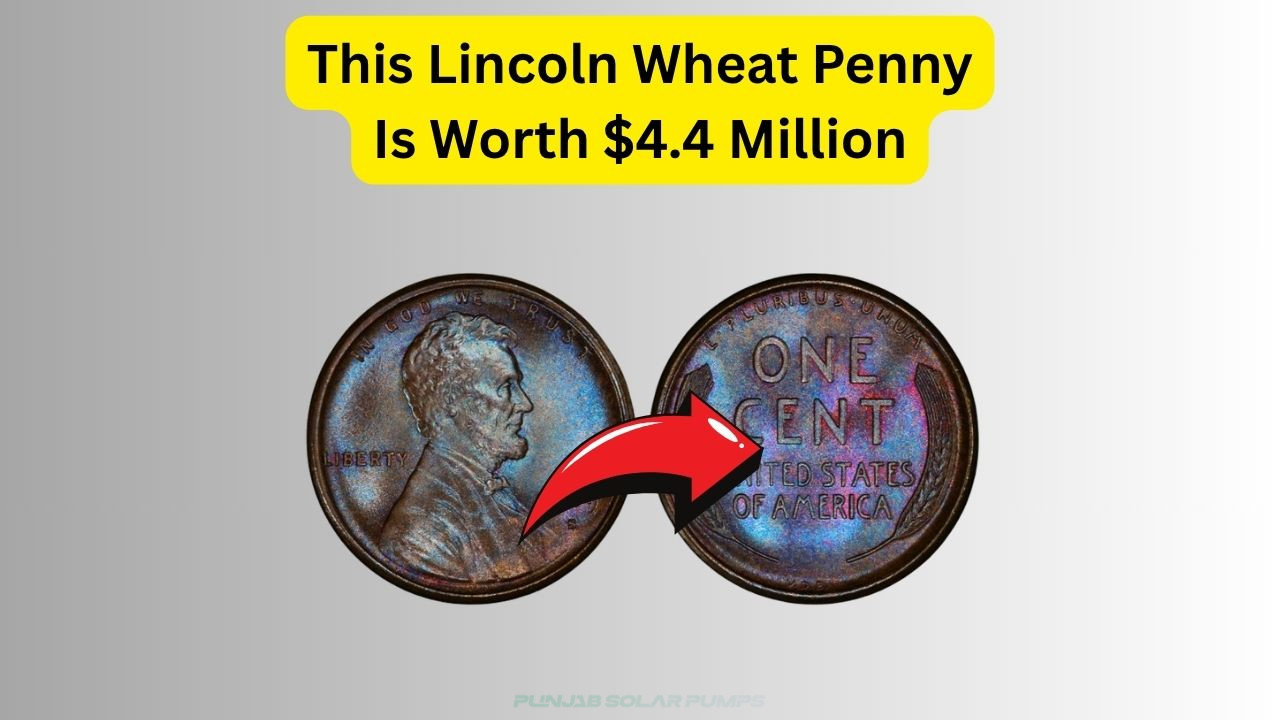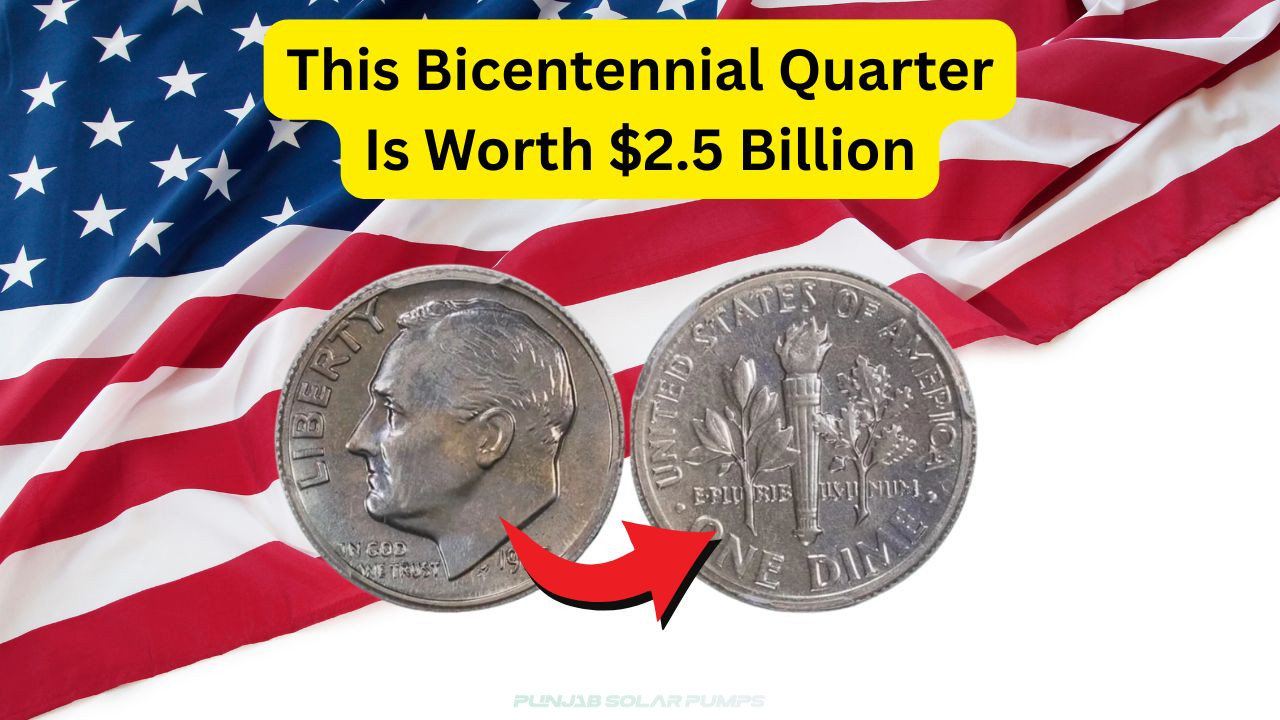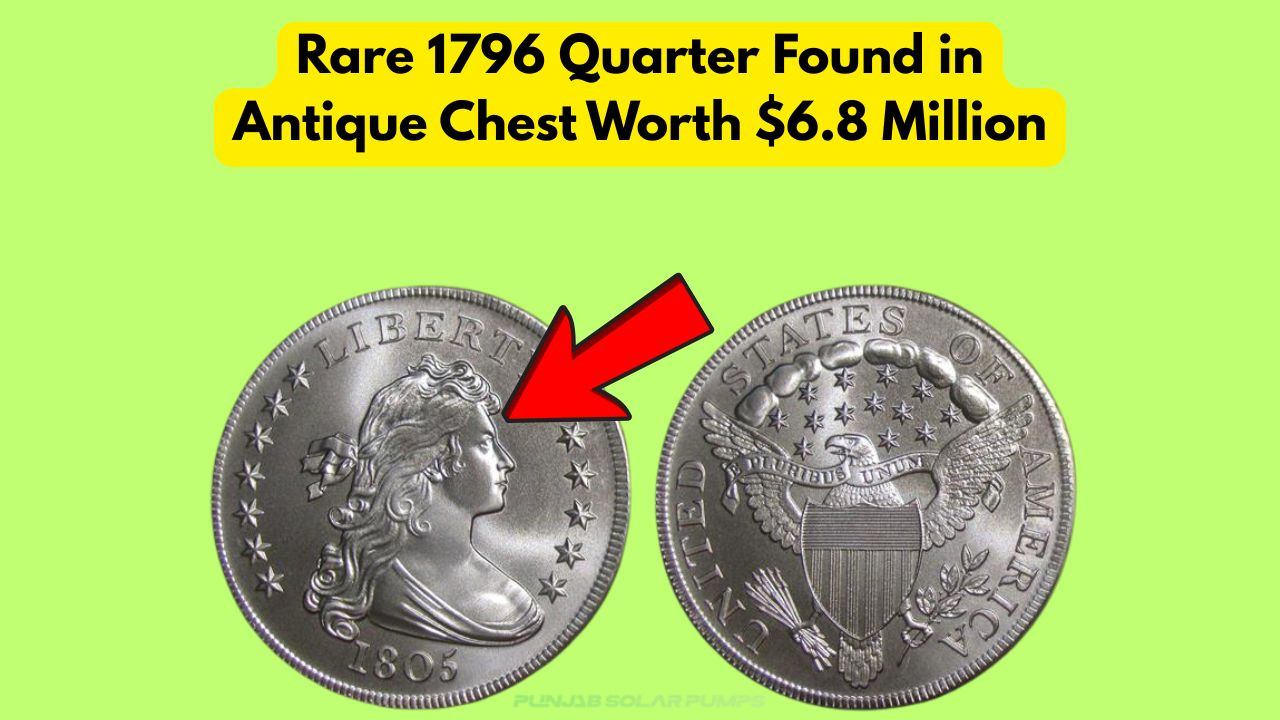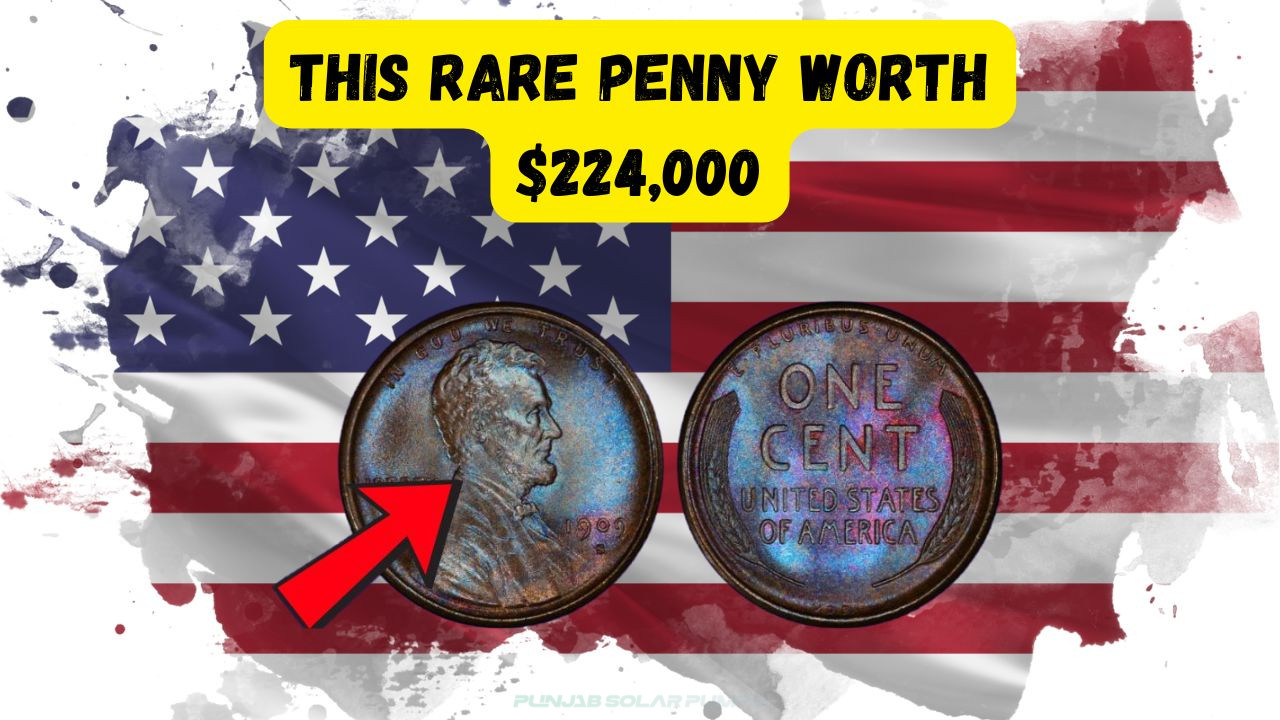Lincoln Wheat Penny: The Lincoln Wheat Penny, a coin that has captured the fascination of collectors and historians alike, is shrouded in tales of rarity and value. Introduced in 1909 to commemorate the centennial of Abraham Lincoln’s birth, this penny has become a symbol of numismatic intrigue. With some variations reportedly worth millions, it’s no wonder that the Lincoln Wheat Penny continues to hold a special place in the hearts of collectors.
The Enigmatic Value of the Lincoln Wheat Penny
The Lincoln Wheat Penny is not just a piece of currency; it’s a piece of history. Its value is determined by factors such as rarity, condition, and historical significance. For instance, certain mint year variations like the 1909-S VDB have become legends due to their scarcity. Coins from this series can fetch a fortune at auctions, particularly those in mint condition. The allure of finding a penny worth $78 million lies in these unique characteristics that distinguish it from other coins.
- Mintage Year: Unique years can significantly impact value.
- Mint Mark: Coins minted in certain locations are rarer.
- Condition: Coins in pristine condition are more valuable.
- Errors: Mistakes during minting can increase worth.
- Historical Context: Coins with historical significance fetch higher prices.
- Demand: Collector interest can drive up prices.
- Metal Composition: Changes in material can affect value.
- Provenance: A well-documented history can enhance appeal.
Historical Stories of the Lincoln Wheat Penny
The Lincoln Wheat Penny’s history is filled with fascinating tales that have contributed to its mystique. In the early 20th century, the decision to feature a president on a coin was groundbreaking. Abraham Lincoln was chosen to symbolize unity during a time of national change. Over the years, stories of pennies discovered in attics or passed down through generations have emerged, each adding to the legend. These stories often involve unexpected discoveries of rare variations, igniting the imagination of collectors and historians.
| Year | Mint Mark | Rarity | Value | Condition | Historical Significance | Market Demand | Recent Auction Price |
|---|---|---|---|---|---|---|---|
| 1909 | S VDB | High | $100,000+ | Mint | First Issue | High | $125,000 |
| 1914 | D | Medium | $1,500+ | Good | Early Mint | Moderate | $2,000 |
| 1922 | No D | High | $10,000+ | Fine | Mint Error | High | $15,000 |
| 1931 | S | Medium | $100+ | Very Good | Depression Era | Moderate | $150 |
| 1943 | Steel | High | $500+ | Fine | War Metal | High | $700 |
| 1955 | DDO | High | $1,500+ | Very Fine | Double Die | High | $2,000 |
| 1969 | S DDO | High | $35,000+ | Mint | Double Die | High | $45,000 |
| 1972 | DDO | Medium | $300+ | Fine | Double Die | Moderate | $400 |
Why Some Lincoln Wheat Pennies Are So Valuable
The value of certain Lincoln Wheat Pennies goes beyond their face value, venturing into realms of significant financial worth due to a combination of rarity and historical context. Factors like a limited mintage, errors during production, and the allure of owning a piece of history contribute to their high value. For example, the 1943 Bronze Cent is one of the most sought-after coins, as only a few were accidentally made with the wrong metal during World War II, making them incredibly rare and valuable.
- 1943 Bronze Cent: Rare metal error increases value.
- 1955 Double Die: Unique striking error makes it rare.
- 1909-S VDB: Scarcity due to limited mintage.
- 1969-S Double Die: Intriguing minting error.
- 1922 No D: Lack of mint mark adds allure.
- 1931-S: Depression era coin with low mintage.
- 1914-D: Early mint issue with collector demand.
- 1926-S: Scarcity and age increase interest.
Identifying Valuable Lincoln Wheat Pennies
- Check Mint Marks: Mint marks can indicate rarity.
- Inspect for Errors: Errors often increase value.
- Assess Condition: Better condition means higher value.
- Research Historical Context: Understand the coin’s history.
- Consult Experts: Professional appraisers can provide insights.
The Role of Auctions in Determining Penny Value
Auctions play a crucial role in determining the value of Lincoln Wheat Pennies. These events bring together collectors and investors, creating a competitive environment that can drive up prices. Auction houses often feature rare and high-value coins, and the bidding process can reveal a coin’s true market value. For collectors, auctions are both exciting and nerve-wracking, offering a chance to acquire or sell coins at premium prices. The prestige of auction sales also adds a layer of legitimacy and historical documentation to a coin’s provenance.
- Prestige: Auctions add credibility to coin value.
- Competition: Bidding wars can inflate prices.
- Exposure: Auctions provide high visibility.
- Market Trends: Auctions reflect current demand.
- Documentation: Auction records help track provenance.
- Network: Connect with other collectors and experts.
- Expert Valuation: Professional appraisals available.
Preserving Lincoln Wheat Pennies for Future Generations
| Preservation Technique | Benefits | Drawbacks |
|---|---|---|
| Coin Holders | Protects from damage | May be costly |
| Display Cases | Provides visibility | Requires space |
| Acid-Free Materials | Prevents chemical damage | Limited availability |
| Controlled Environment | Maintains condition | Needs monitoring |
| Professional Grading | Enhances value | Can be expensive |
| Documentation | Tracks provenance | Time-consuming |
Understanding the Market for Lincoln Wheat Pennies
The market for Lincoln Wheat Pennies is as dynamic as it is intriguing. Understanding the market involves recognizing trends, gauging collector interest, and staying informed about recent sales and auction results. The coin collecting community is vast, with dedicated forums and publications providing insights into market shifts. For those interested in investing in these coins, understanding the nuances of the market is crucial. The value of a penny can fluctuate based on economic conditions, collector interest, and the discovery of new variations.
- Market Trends: Stay updated on recent sales.
- Collector Interest: Gauge demand through forums.
- Economic Conditions: Influence coin value.
- New Discoveries: Impact market dynamics.
- Investment Potential: Assess long-term value.
- Networking: Connect with other collectors.
- Publications: Read industry reports.
- Online Platforms: Monitor auction sites.
FAQs About Lincoln Wheat Pennies
- What makes a Lincoln Wheat Penny rare?
Mint errors, limited mintage, and historical significance contribute to rarity. - How can I determine the value of my Lincoln Wheat Penny?
Consult a professional appraiser or use online resources to assess condition and rarity. - Are all Lincoln Wheat Pennies valuable?
No, only specific variations with unique traits hold significant value. - Where can I sell a valuable Lincoln Wheat Penny?
Consider reputable auction houses or online platforms specializing in coins. - Why are some Lincoln Wheat Pennies worth millions?
Factors like rarity, historical context, and collector demand can drive up value.
